Growth in Textile Innovations
The textile industry is undergoing a transformation, with nanofibres playing a pivotal role in this evolution. The Nanofibres Market is witnessing a surge in demand for high-performance textiles that offer enhanced properties such as water resistance, breathability, and durability. Innovations in nanofibre technology allow for the creation of lightweight and strong fabrics, which are increasingly sought after in sportswear and protective clothing. Market data indicates that the technical textiles segment is expected to expand at a robust pace, with nanofibres contributing significantly to this growth. As consumer preferences shift towards functional and sustainable textiles, the Nanofibres Market is likely to see increased investment and research aimed at developing new applications and improving existing products.
Advancements in Energy Storage Solutions
The quest for efficient energy storage solutions is becoming increasingly critical, and the Nanofibres Market is poised to play a significant role in this arena. Nanofibres Market are being explored for their potential in enhancing the performance of batteries and supercapacitors. Their unique properties can lead to improved charge/discharge rates and energy density, which are essential for the next generation of energy storage devices. Recent studies suggest that incorporating nanofibres into electrode materials can enhance battery life and efficiency. As the demand for renewable energy sources grows, the need for advanced energy storage solutions will likely drive the Nanofibres Market forward, fostering innovation and collaboration among manufacturers and researchers.
Rising Demand in Filtration Applications
The increasing need for efficient filtration systems is driving the Nanofibres Market. Nanofibres Market, due to their high surface area and porosity, are particularly effective in capturing fine particles and pollutants. This has led to their adoption in air and water filtration systems, where traditional materials may fall short. The market for filtration applications is projected to grow significantly, with estimates suggesting a compound annual growth rate of over 10% in the coming years. As environmental regulations tighten, industries are compelled to seek advanced filtration solutions, further propelling the demand for nanofibres. The Nanofibres Market is thus positioned to benefit from this trend, as manufacturers innovate to meet the evolving needs of various sectors, including automotive, healthcare, and industrial processes.
Increased Investment in Research and Development
Investment in research and development is a crucial driver for the Nanofibres Market. As industries recognize the potential of nanofibres in various applications, funding for R&D initiatives is on the rise. This investment is aimed at exploring new materials, improving production techniques, and expanding the range of applications for nanofibres. Government and private sector funding are both contributing to this trend, with numerous projects underway to investigate the use of nanofibres in areas such as drug delivery, tissue engineering, and environmental remediation. The emphasis on innovation is likely to yield breakthroughs that will further enhance the capabilities of the Nanofibres Market, making it a focal point for technological advancement in multiple sectors.
Growing Awareness of Environmental Sustainability
The increasing awareness of environmental sustainability is significantly influencing the Nanofibres Market. Consumers and industries alike are becoming more conscious of their environmental impact, leading to a demand for sustainable materials and production processes. Nanofibres Market, often derived from renewable resources, offer a promising alternative to traditional materials that may be less eco-friendly. The market is witnessing a shift towards biodegradable and recyclable nanofibre products, which aligns with global sustainability goals. This trend is expected to drive innovation in the Nanofibres Market, as companies strive to develop environmentally responsible solutions that meet consumer expectations while adhering to regulatory standards. As sustainability becomes a priority, the demand for eco-friendly nanofibres is likely to increase, shaping the future landscape of the industry.


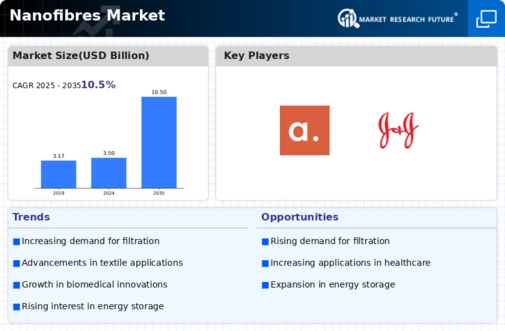
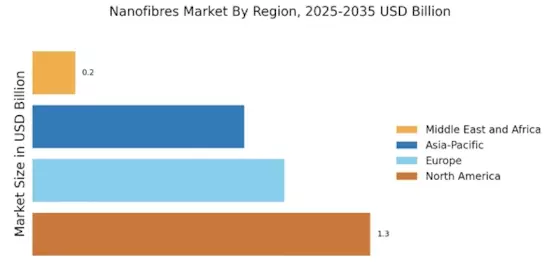



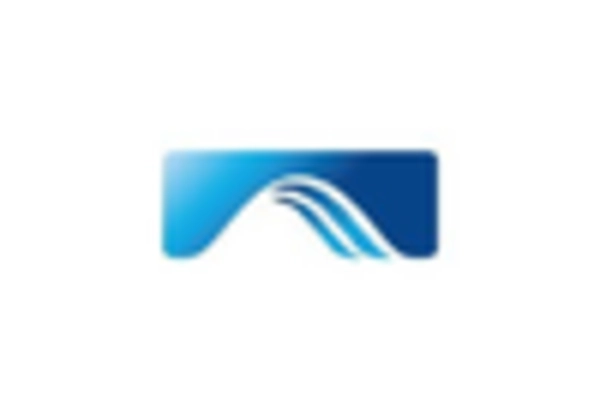
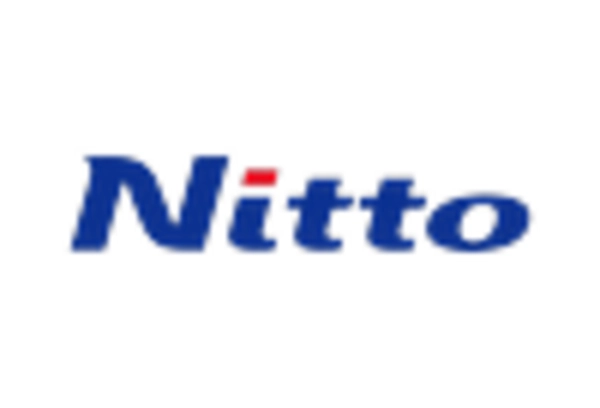
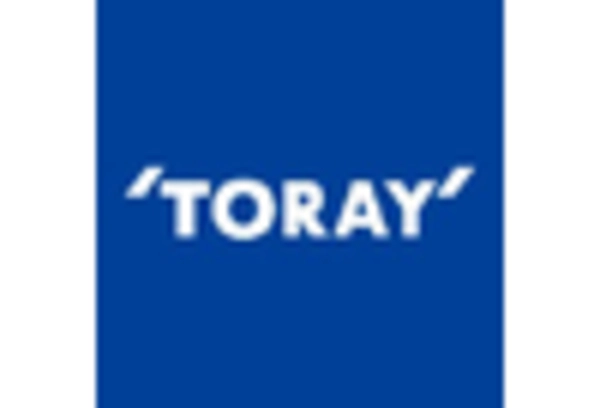








Leave a Comment